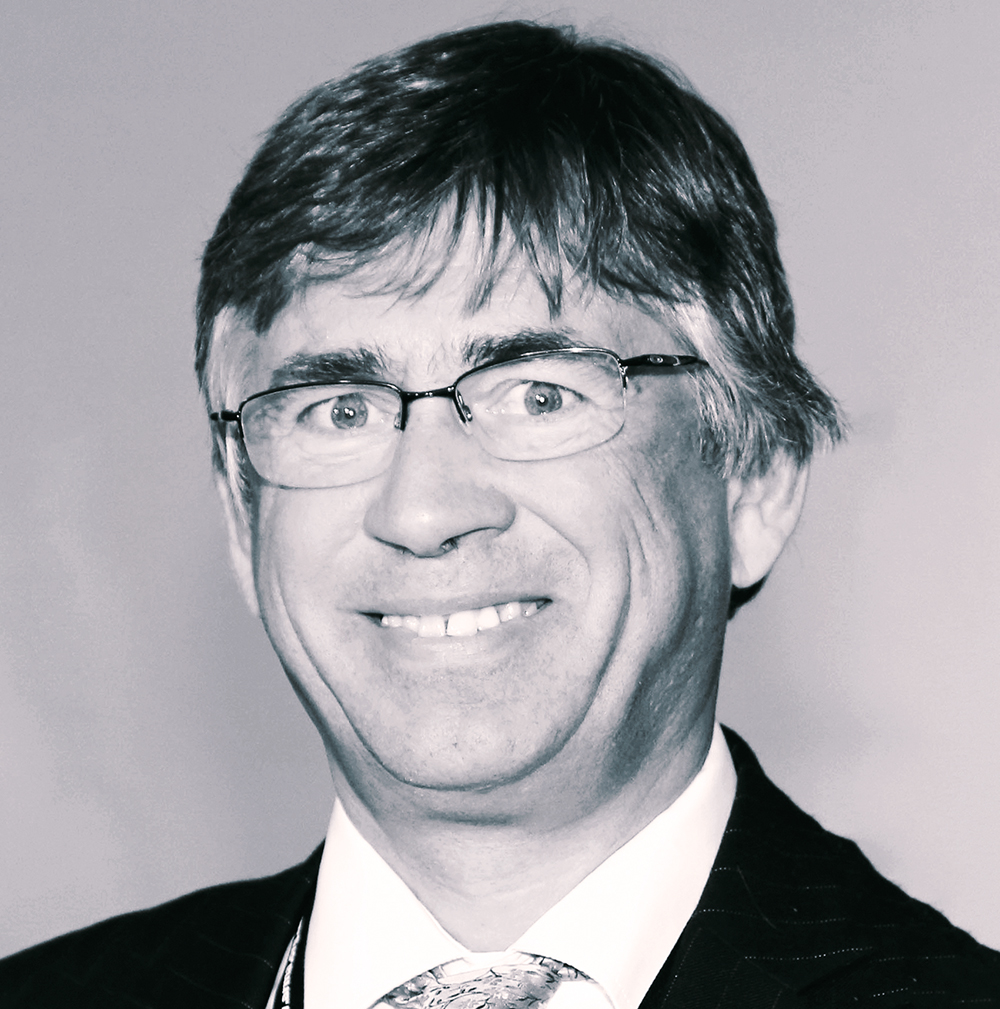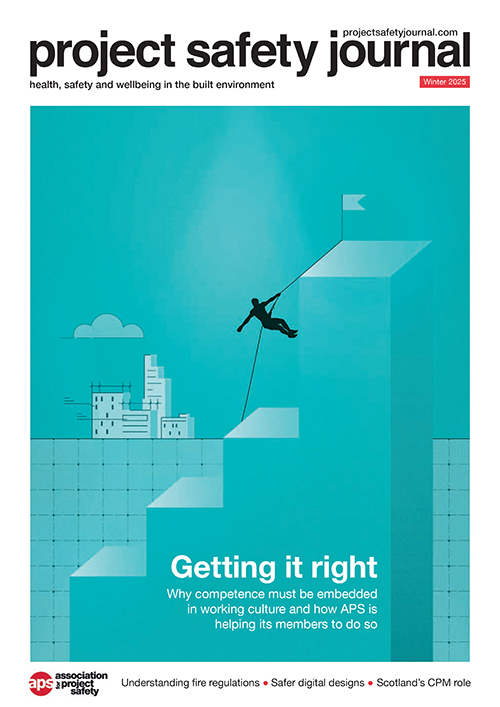
President Mark Snelling sets out aspirations to develop materials that will help members thrive in a post-Grenfell world.
APS is looking to provide its members with training and guidance materials to help them raise their competence and be better equipped for post-Grenfell demands and opportunities.
President Mark Snelling set out the association’s aspirations for a members’ toolbox as he reflected on the organisation’s future as it marked its 30-year anniversary.
Set up in 1995, APS was created to be a professional body for planning supervisors – a new role created with the arrival of the CDM regulations – and was called the Association of Planning Supervisors.
This role became CDM coordinator, and then principal designer. The Building Safety Act has now added a new principal designer role to ensure that projects comply with the building regulations, a role some APS members are looking to fulfil or advise on.
Its name was changed to the Association for Project Safety in 2007.
Significant milestone
Snelling said that, in turning 30, APS had reached a significant milestone. Membership was growing and diversifying and the organisation was very much looking to the future.
“We have always had a clear core purpose and message that has been tied around the CDM regulations, which have transformed the safety landscape within the construction sector,” he said.
The change wrought by the Building Safety Act in England and Wales, and the anticipated impact in Scotland and Northern Ireland, had, he said, “presented APS with a real opportunity to reinvent ourselves and think about who we are and what we offer”.
He continued: “This is not just about how we can be different, but how we can do what we’ve done even better – and increase in membership is a very good sign that industry professionals have confidence in us to do that.”
Snelling, who became president in 2024, said he was fortunate to take the helm of an organisation that was still robust and healthy after 30 years but as industry changed APS needed to evolve with it. “It’s done well, but Grenfell changed the world and things will never be the same – and that applies to every professional body,” he said.
“I think it’s exciting that we’ve started that journey to talk about things differently, to look at things differently, and it seems to have had an impact on that membership growth.”
The 4,000 strong APS membership is drawn from a wide range of specialisms, including engineers, architects and safety specialists.
Suite of knowledge materials
Snelling said the first exercise as it looked to develop the suite of knowledge materials, or toolbox, was undertaking a root-and-branch review of the skills, knowledge and behaviours that members needed to be all-round competent people.
“Once we know what all that looks like we will endeavour to produce training and guidance and competence registers. Members will be able to add these core competences with other more specialist ones as they need them,” he said.
The second major strand of work, moving forward, is to work more collaboratively with other professional bodies to collaborate on training.
Snelling explained: “As an organisation I think we are punching above our weight. We are relatively small but I think some of our ideas can change a lot of things.”
He said the raison d’être of APS and its members was to make things safer – to build projects safely. “Arguably we have been successful in improvement through design risk management but I still think, even after 30 years, there is a long way to go.
“Compliance with CDM and doing things better shouldn’t be seen as a cost burden – it should be seen as something that has a real benefit.”












